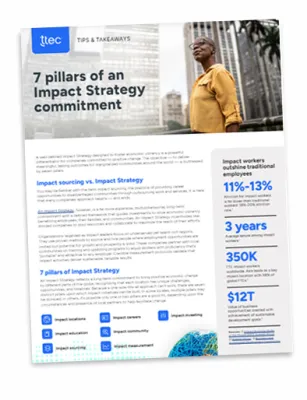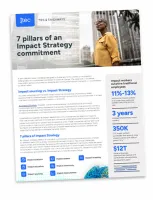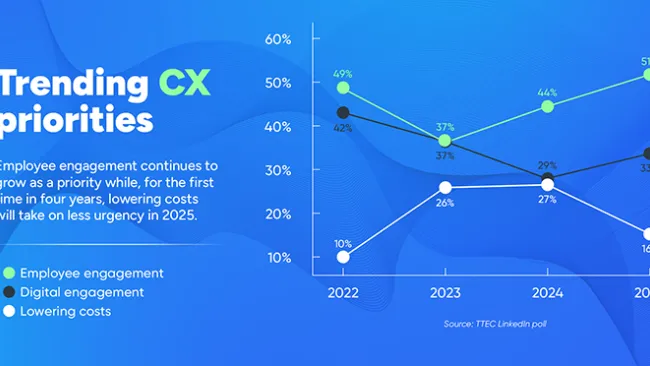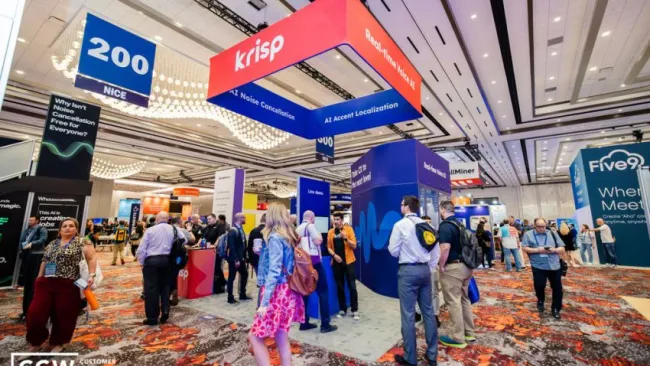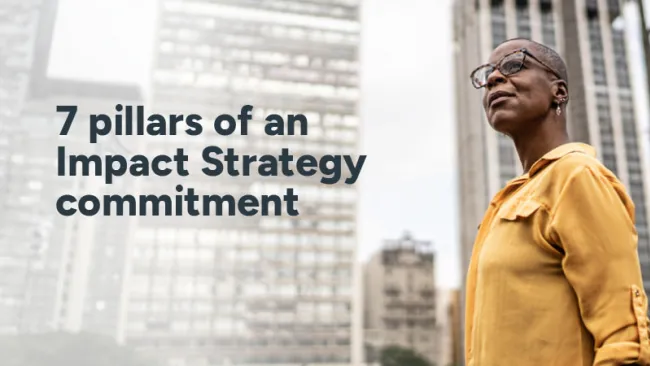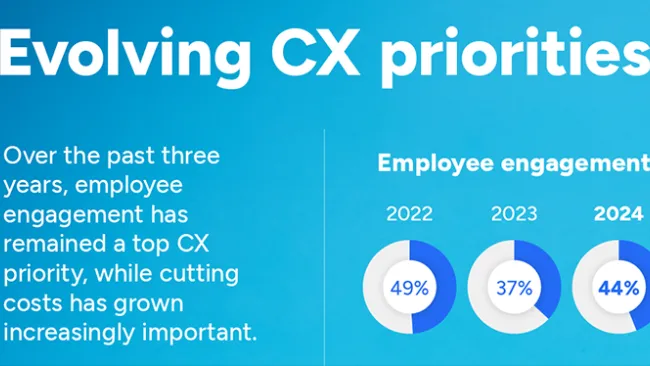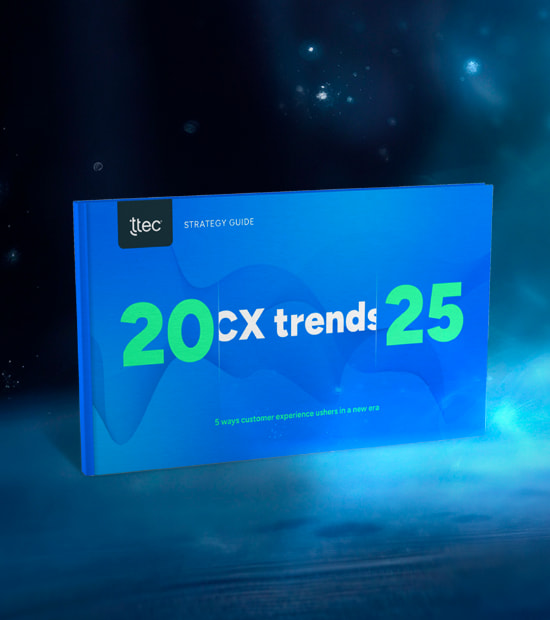The Great Resignation. The Great Reshuffle. The Big Quit. The Great Rethink.
No matter what you call it, talented people are leaving their employers in droves and there are few, if any, signs of it slowing down.
It is essential to provide a great employee experience if you want to stand out from competitors. This is key to attracting and retaining top talent. But cost pressures are making it challenging.
The ROI on EX investments is clear. Fostering a workplace that emphasizes employee engagement can result in a 36% higher employee retention rate, 147% better earnings per share, and four times higher profitability, according to KPMG.
So, how can you cultivate an environment that makes employees want to stay without breaking the bank? It comes down to understanding your employees’ journey and delivering in those key moments.
Keep evolving your definition of EX
EX design and the methodology for crafting positive, impactful experiences for employees is a forward-looking process. It requires an in-depth understanding of employees’ needs and actionable insights on how to meet those needs in a timely manner.
The future of work is evolving across all industries, albeit in differing ways and at variable speeds. As we emerge into a post-pandemic world, increased competition, a structurally different workforce, new customer demands, and even new ways of structuring organizations will all play parts in shaping the future of work.
Amid all this flux, our employee experience must change as well.
EX is a broad and complicated concept. It incorporates every experience an employee has throughout his or her connection to a business – interactions that span from early stages of the recruitment process through the end of employment. Businesses need to continually focus on, reassess, and improve their EX efforts.
Understand the 4 phases of the employee lifecycle
EX is deeply personal, and it’s shaped and reshaped by interactions. Employers should invest in effective strategies and tools to attract and retain top talent. These tools will help them maximize each touchpoint in the employee lifecycle.
But how do you determine when and what those important touchpoints should be? They can vary, but the most important moments typically come at several stages of the employment lifecycle, which is why understanding that lifecycle is key.
There are various conceptualizations of the employee lifecycle (including a four-stage model, along with five-stage and 12-stage ones) but the four-stage one created by Workday provides a great framework for businesses.
According to Workday’s model, the four main phases in an employee’s lifecycle with an employer are onboarding, initial development, ongoing development and retention, and separation.
These are the key times when employers should tap into the employee journey. Are employees happy in those moments? What’s frustrating them or preventing them from doing their jobs well? Use these insights to guide your EX strategy.
Once you know the key milestones in your employee journey, you can focus on making the most of those big moments.
Onboarding is arguably the most impactful stage of the employee lifecycle. Those first 90 days provide the opportunity to show employees your company understands work is about more than just a paycheck.
Ask yourself: Is our hiring process streamlined, quick, and easy to navigate? Do we take the time to properly introduce new hires?
Do we ensure they feel welcomed and connected to their team? Have we provided clear and easily accessible answers to the many questions new employees are sure to have? You’re building the foundation for a strong start to the employee journey.
In the initial development phase, employees have a clearer understanding of their role and have started to make meaningful connections. Now they aim to demonstrate their value, make more of an impact to their immediate team, and foster deeper connections.
It’s a great time to start conversations about employees’ growth and development, and to ask them how their job is going so far. This helps employees envision a future at your company and gets them excited about development opportunities. It makes them feel like a valued member of the team – all while giving you valuable insights.
During ongoing development and retention, when some time has passed and your hires are celebrating their two-year anniversary (be sure to share a strong congrats to them!), they are settled in their roles and know how to navigate the organization. It’s time to engage them on a new level.
Provide them with opportunities for exposure beyond their typical audience or give them the opportunity to mentor a newer employee. Enabling these types of extra-role activities show employees you see the value they continue to bring to the organization. It sends a strong message to workers that you view them as people who are capable of developing others in a meaningful way.
It’s common for workers to become complacent in their roles around this time; counteract that by making them feel more committed to the company than ever.
Of course, it’s only natural for employees to leave jobs at some point, but separation doesn’t have to mean goodbye forever. Manage this final stage of the employee lifecycle with the same care you devote to the onboarding stage.
When the separation process is handled as positively as it can be, and employees feel as fondly about the company when they leave as when they worked there, employees see themselves as proud alumnae of your company and may even “boomerang” back later.
Make EX an ongoing priority
Employee engagement doesn’t start when workers are hired and end once they’re onboarded. To create an atmosphere that employees truly don’t want to leave, companies must keep employee experience front of mind from the recruitment process through separation. Doing so will bring stronger employee engagement and lower attrition rates, leading to better customer experience and bottom-line ROI.



